
4 minute read
HOME LIFE SAFETY
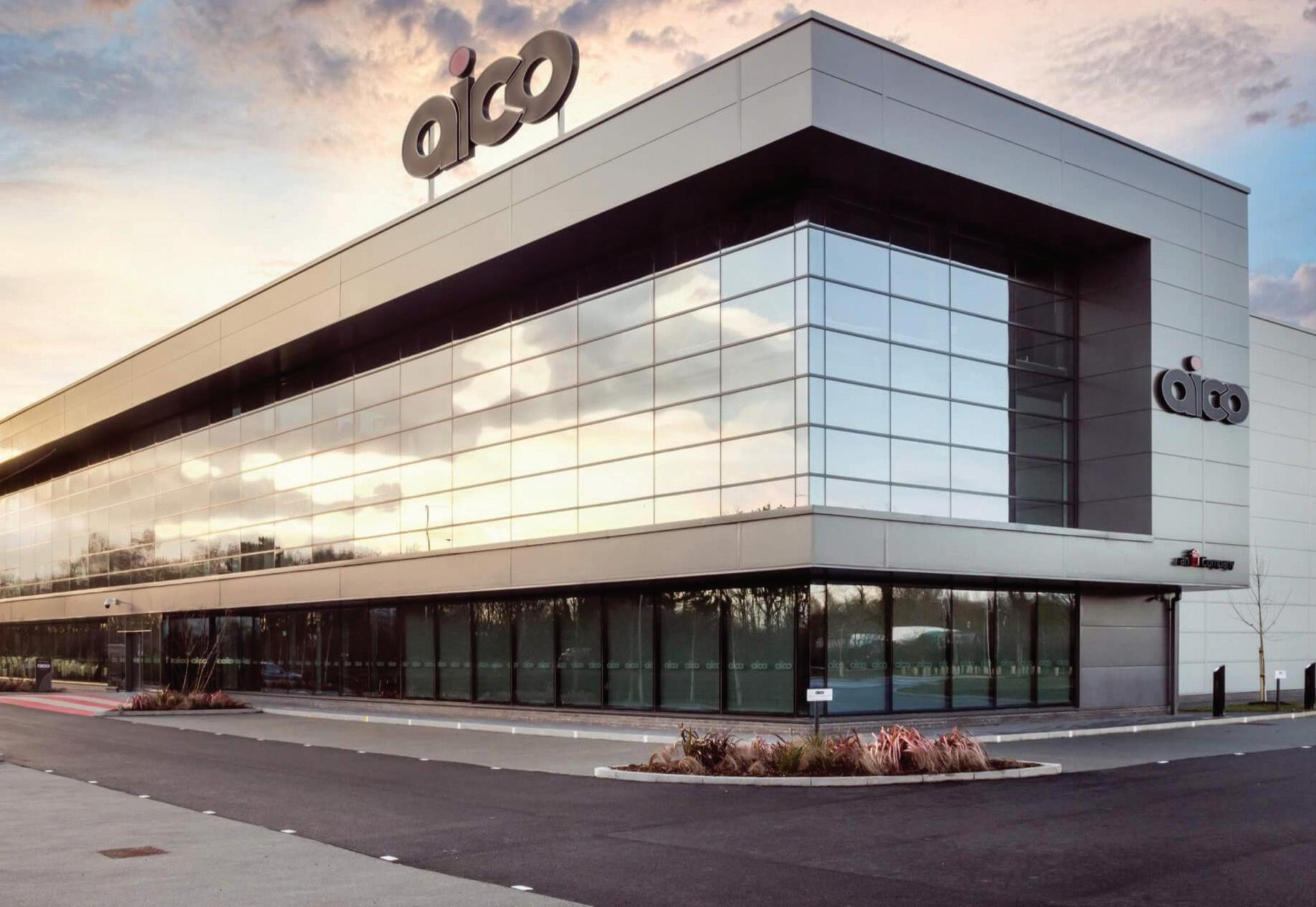
SCAN HERE
SPONSORED BY
HOME LIFE SAFETY PRDUCTS
As an electrician, one element of your role may be to install fire and carbon monoxide (CO) alarms in your customers’ homes. Correct installation in line with standards and legislation is just one part of the job. Choosing high-quality, reliable products is equally as important and plays an essential role in home life safety.
When lives rely on them, you cannot take risks when it comes to fire and carbon monoxide alarms. Let’s explore the key features to look out for when choosing life safety devices.

HAS THE ALARM BEEN TESTED DURING THE MANUFACTURING PROCESS?
Batch testing products is a cost-effective method chosen by many manufacturers, however choosing a device which has not been thoroughly tested during assembly is not recommended - how can you know for certain it is in full working order?
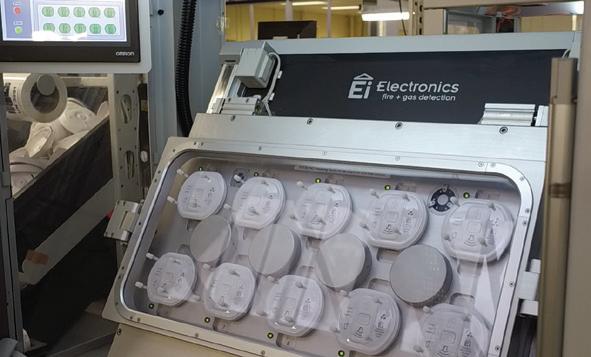
Instead, why not conduct some research into manufacturers that offer a higher level of reliability? For the best protection, alarms should be individually tested during the manufacturing process, including:
Initial Assembly: Individual components of the alarms are tested to ensure they meet strict tolerances.
2
Test and Calibration: As part of the assembly process, alarms are tested and calibrated in smoke, heat or CO to ensure they meet the relevant British/ European standards. This means that they will respond quickly to whatever they are designed to detect.
3Final Test: Once the alarm is fully assembled, it is again put through a thorough test. It is a final verification that the alarm is fully functional before being shipped from the factory.
1
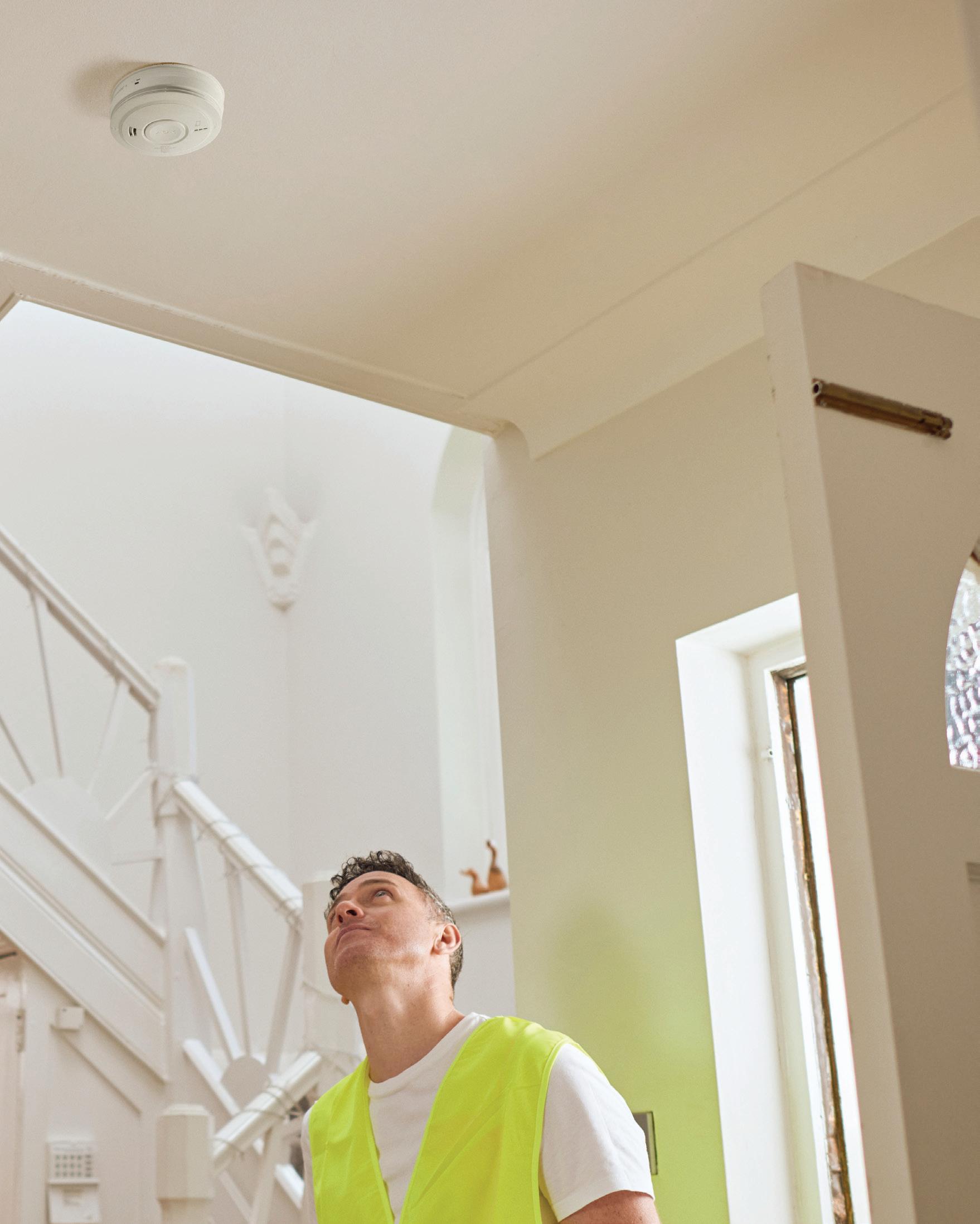
CHECK FOR THIRD PARTY ACCREDITATION
You may be familiar with the British Standards Institution (BSI) Kitemark, as found on many appliances and materials, from electrical appliances to windows and doors.
The Kitemark is well-established and represents outstanding quality, safety and trust - a symbol consumers commonly look out for when purchasing products for their home.
This certification serves as confirmation that it has been independently and repeatedly tested by experts to assure the quality to meet the required standards.
BSI KITEMARKS FOR FIRE AND CARBON MONOXIDE ALARMS:
● Optical smoke alarms for residential properties which operate using scattered light to detect smoke particles should conform with BS EN 14604:2005.
● Heat alarms for residential properties should adhere to BS 5446-2:2003.
● Carbon monoxide alarms for residential properties should comply with BS EN 50291-1:2018. CO alarms are also recommended for vehicles such as boats and caravans - in this case, also look for the BSI Kitemark BS EN 50291-2:2019.
● Multi-sensor alarms should have an accreditation for each sensor within the alarm, as referenced above.
Once installation is complete, always educate your customers on how to maintain their fire and carbon monoxide alarms to ensure they continue to work for the devices’ recommended lifetime (10 years from most reputable manufacturers).
HERE ARE SOME TOP TIPS:
1

Testing: Regular alarm testing is a vital part of ensuring continued fire and carbon monoxide detection. Alarms should be tested monthly.
Replacement: Let the customer know the alarms’ replacement dates and advise where this information is located on the alarm head.
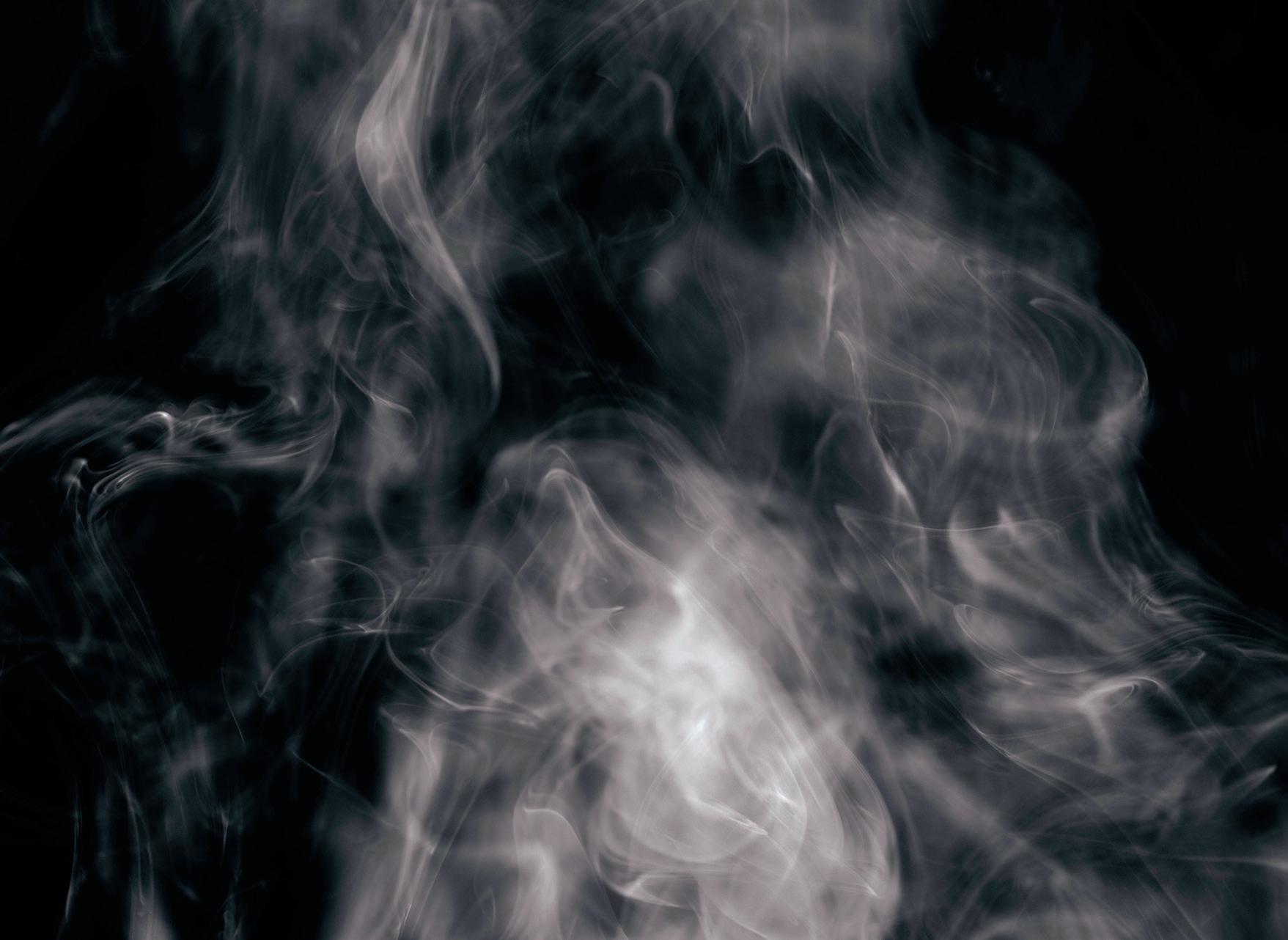
Cleaning: Alarms should be cleaned to prevent dust accumulation. Before cleaning, alarms should be turned off at the mains. Use a vacuum to clean around the vents. After, using a damp cloth, clean the cover of the alarm, then dry with a lint-free cloth. Turn on the mains power once complete.
3 2
To learn more about Aico fire and CO alarms, visit: www.aico.co.uk
EXPERT INSTALLER TRAINING FOR APPRENTICES
Promoting best practices through education is a key part of Aico’s mission statement. Aico has seen a record-breaking 10,000 installers complete their FIA-CPD accredited Expert Installer training throughout 2022!
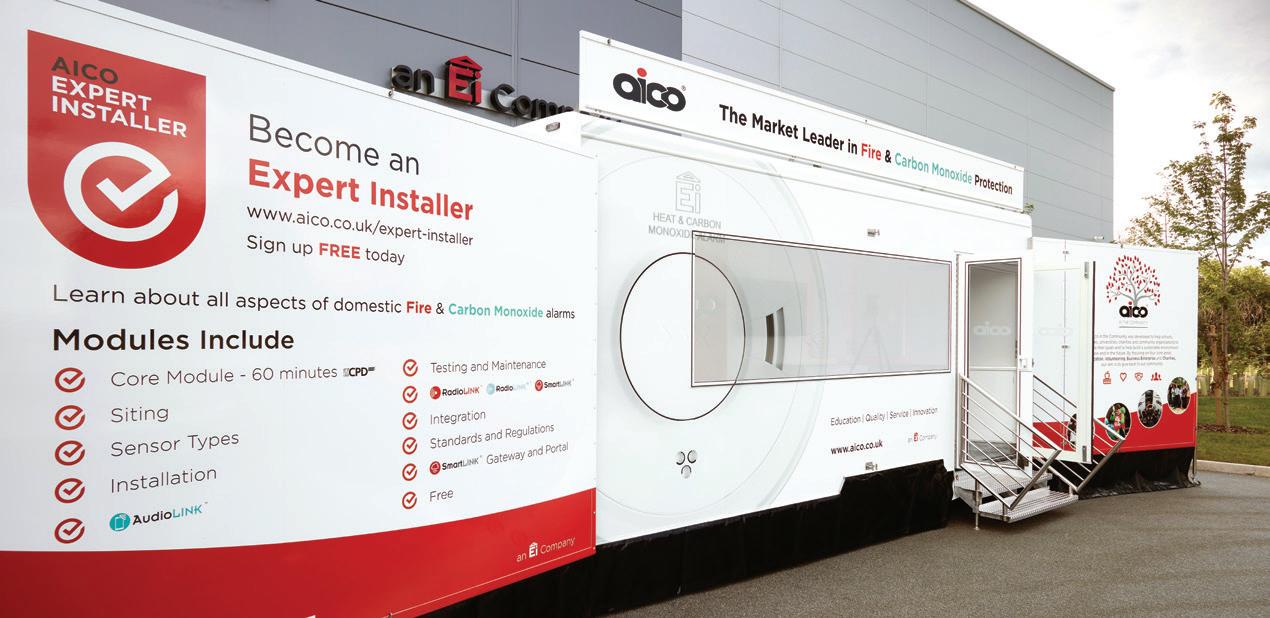
EXPERT INSTALLER TRAINING
This one-hour core module course is delivered across the UK by Aico’s team of 29 Regional Specification Managers. The award-winning Expert Installer training covers the key information required to correctly install domestic fire and carbon monoxide (CO) alarms and environmental sensors with details about standards and legislation.
MOBILE TRAINING
Expert Installer training sessions are available throughout the UK, delivered in popular locations and onboard Aico’s state-of-the-art mobile training and demonstration units to offer greater accessibility and flexibility for all customers, including apprentices.
AICO INSTALLER COMMUNITY
Upon successful completion of the training, Aico’s Expert Installers can become members of the Aico Installer Community Online – built to support Installers with carefully designed educational challenges to help expand their knowledge of home life safety devices.
CITY & GUILDS ASSURED QUALIFICATION
Members of the Aico Installer community can then participate in Aico’s free-of-charge City & Guilds Assured Qualification, which offers a detailed understanding of the design, installation, maintenance, interconnection, siting, and electrical connection of domestic fire and carbon monoxide alarm systems.
For more information, visit: www.aico.co.uk









